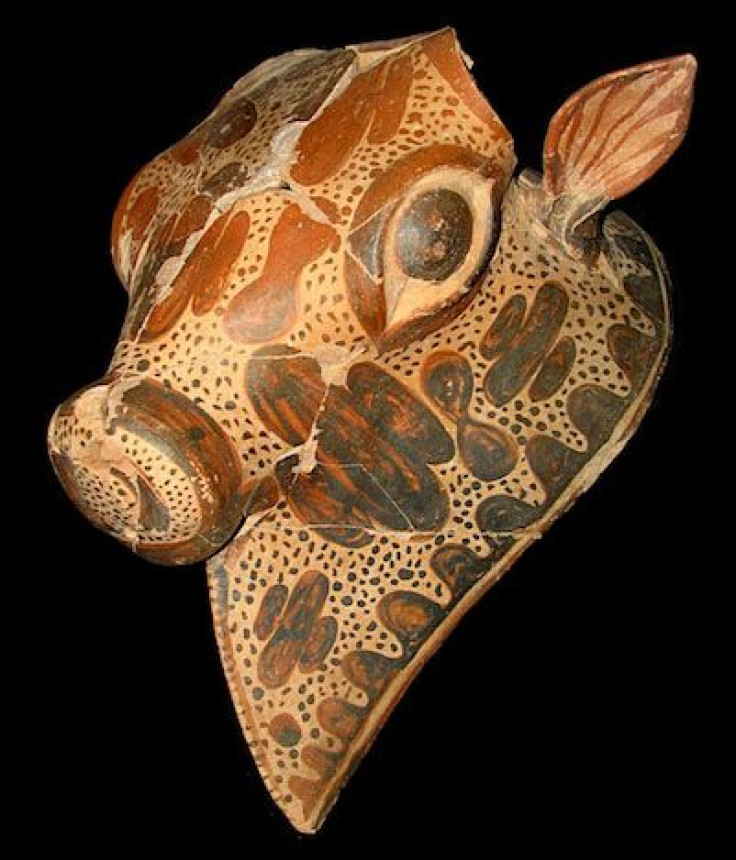Greek Archaeologists Unearth A 'Lost Palace' Near Sparta

A team of archaeologists has found a 10-room ancient Greek palace, which is estimated to date back to the Mycenaean Age. The “lost palace,” which is just 10 miles from Sparta, is filled with ancient cultic objects and clay tablets written in a lost script.
More than 150 excavations have taken place in Greece so far in 2015. However, the recent discovery of the Greek palace seems to be the most striking one. The recently discovered Ayios Vassileios or the 10-room complex, was found to be filled with a number of artifacts, including bronze swords, ornate murals, a cultic cup with bulls head and other religious objects.
According to the Greek Ministry of Culture, several tablets written in the earliest known form of Greek, the Linear B script, were also recovered from the site. It is estimated that the palace was burnt to the ground in 15th or early 14th century B.C. However, the flames from the fire “baked the inscription into permanence,” Live Science reported.
The archaeologists believe that the study of the artifacts and the lost palace could shed some light on the ancient Mycenaean culture, which survived during the Bronze age, but collapsed mysteriously in 1200 B.C.
No significant archaeological findings have been made about the Mycenaean age and culture so far. Some historians suggest that the fall of the Mycenaean empire took place because of a drought that lasted for over 300 years, while others say that an earthquake destroyed the entire civilization.
In an interview with Live Science, Torsten Meissner, a classicist at the University of Cambridge in England, said that the archaeological findings are highly significant.
As all the other famous sites referenced by Homer in his epics have been discovered, “Mycenaean, or Bronze Age, Sparta was the last ‘big prize,’ ” Meissner said.
© Copyright IBTimes 2024. All rights reserved.











